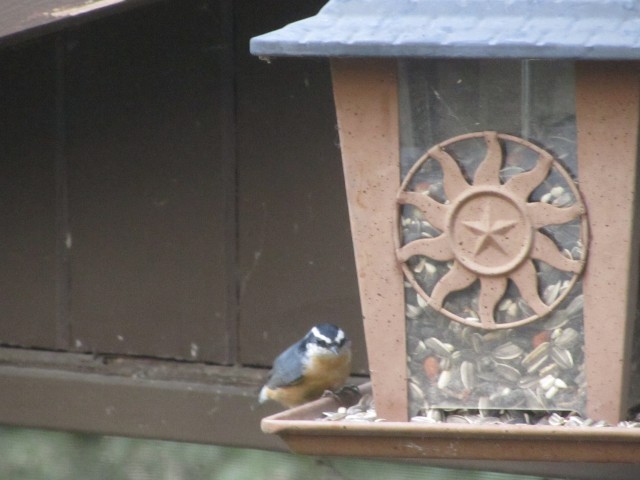
Written by Rick Bates, the Executive Director of the Canadian Wildlife Federation. He lives in Regina.
Feeding birds is a great way to add beauty to the backyard, but any time there is crowding of animals there is a risk of disease spread, so it is important to clean the feeders regularly to help keep your birds healthy.
How often I clean them and how I do it varies with the seasons and how many birds are using the feeders. I usually have about four feeders active, and our yard has great variety of trees, bushes, berry plants and flowers, so we get a lot of birds and I clean my feeders regularly. They are most active in mid August, October through the winter, and in spring when the birds are beginning to nest.
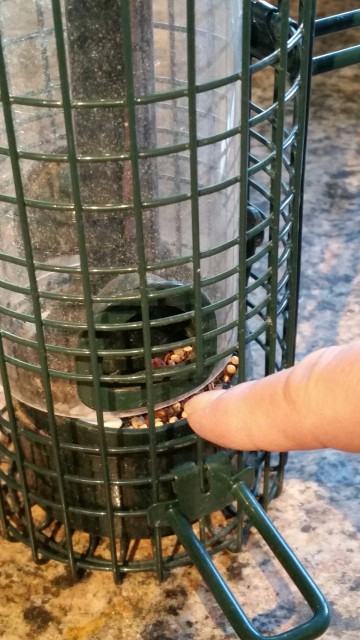
In summer, every few weeks I just dump the seed into a bag and spray our feeders down with the garden hose, making sure to wash away any old food still stuck in there and getting the areas the birds use most, like perches, the platform, and feeder ports. Then I let the feeder completely dry out in the sun before re-filling it with dry seed.
In winter, once or twice a month (again depending on how busy they are) I take the bird feeders into the house and put them in the sink with some unscented soap or run them through the dishwasher. If the feeder is an older wood one, I will put it in a solution of one part chlorine to nine parts water for a couple of minutes. I always make sure it’s completely dry before adding new seed.
With either of these methods, sometimes I have to use a brush to clean off spots where rain or ice has gotten onto old seed and it’s stuck to something.
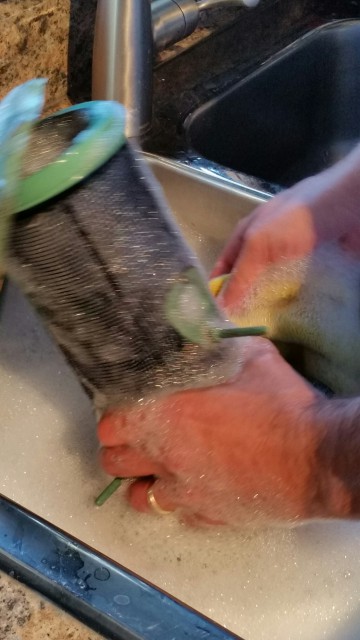
Another thing I do to help reduce the possibility of disease is to use several feeders and different types of feeders, like a hopper feeder, platform feeder, ground feed, or a tube feeder. This attracts different types of birds to the yard, and will also spread the birds around the yard and reduce concentration of birds at a single feeder.
Also, seed that has fallen below the feeder, I just sweep up or rake into the ground. If my seed gets wet, at any time of year, I put it in the compost bin so the birds don’t get seed with mildew, mould or worse.
If you have pictures of the birds in your backyard, share them with us on social media using #WildAboutBirds.

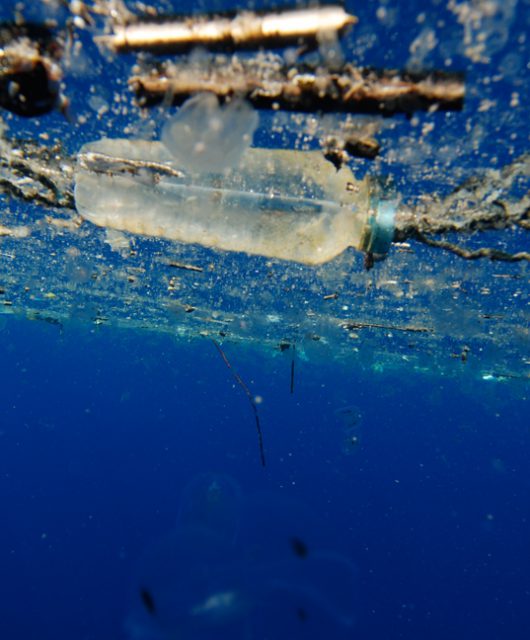
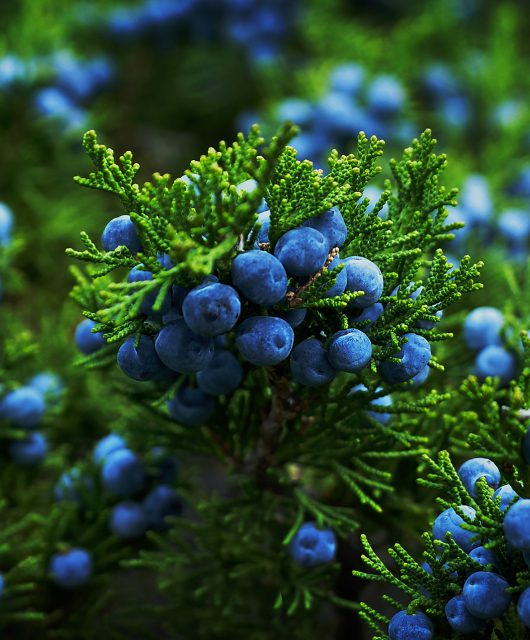

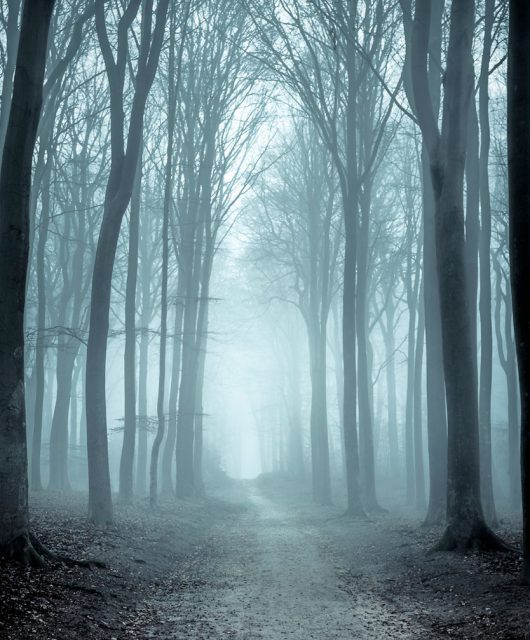
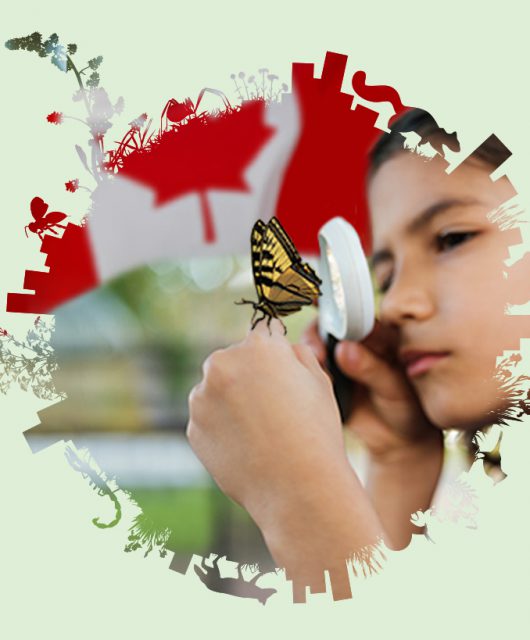
1 comment
think you meant chlorine “bleach”